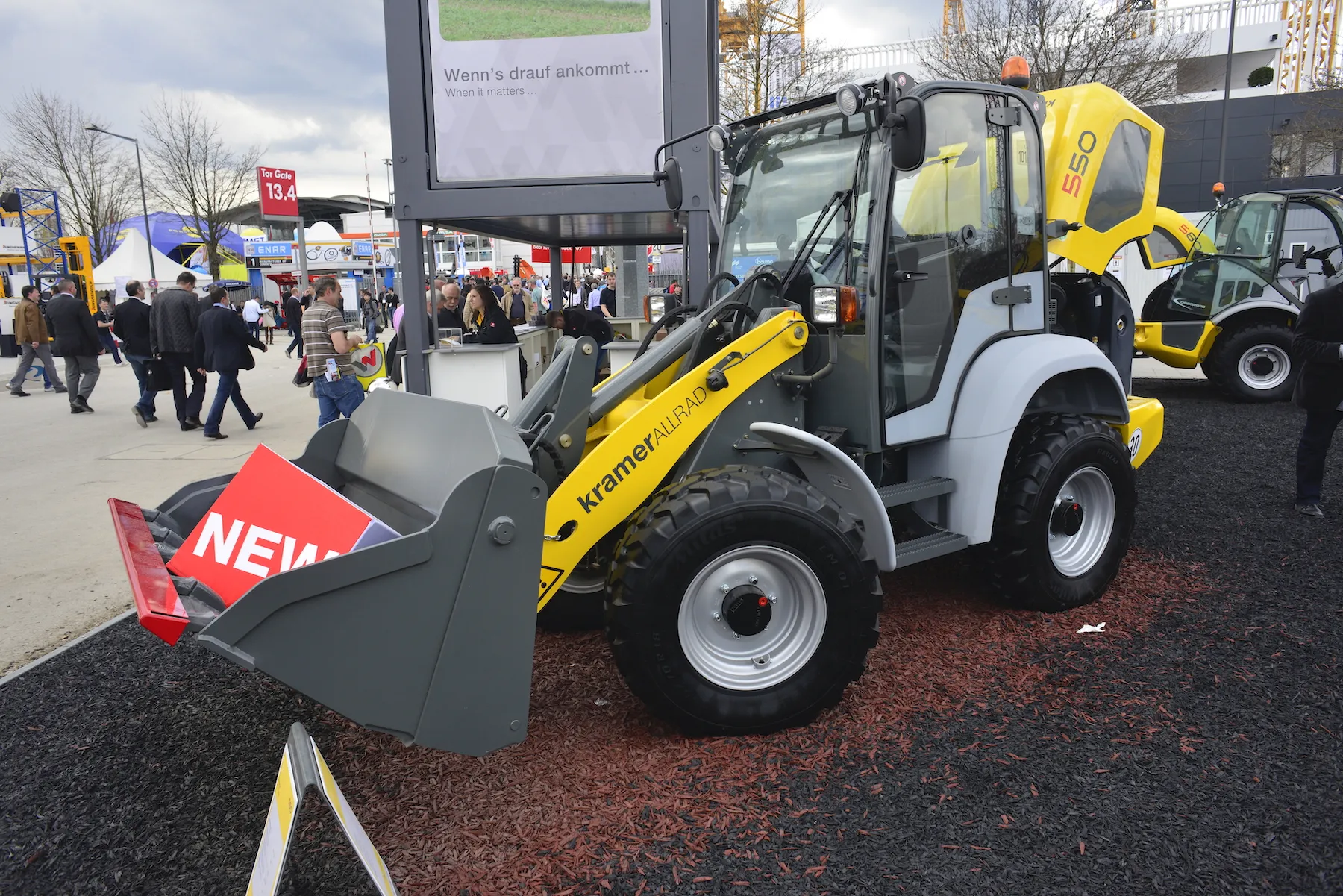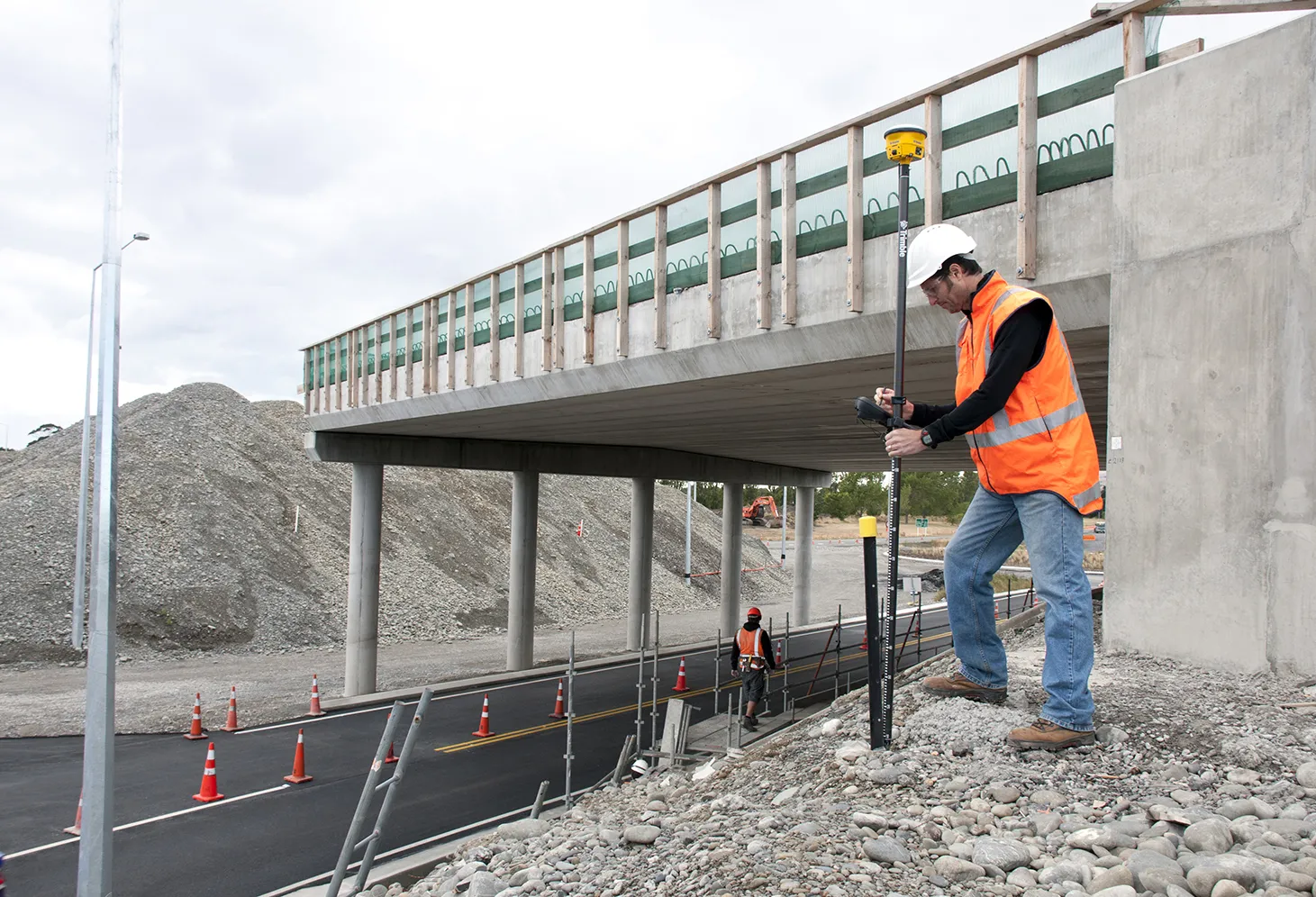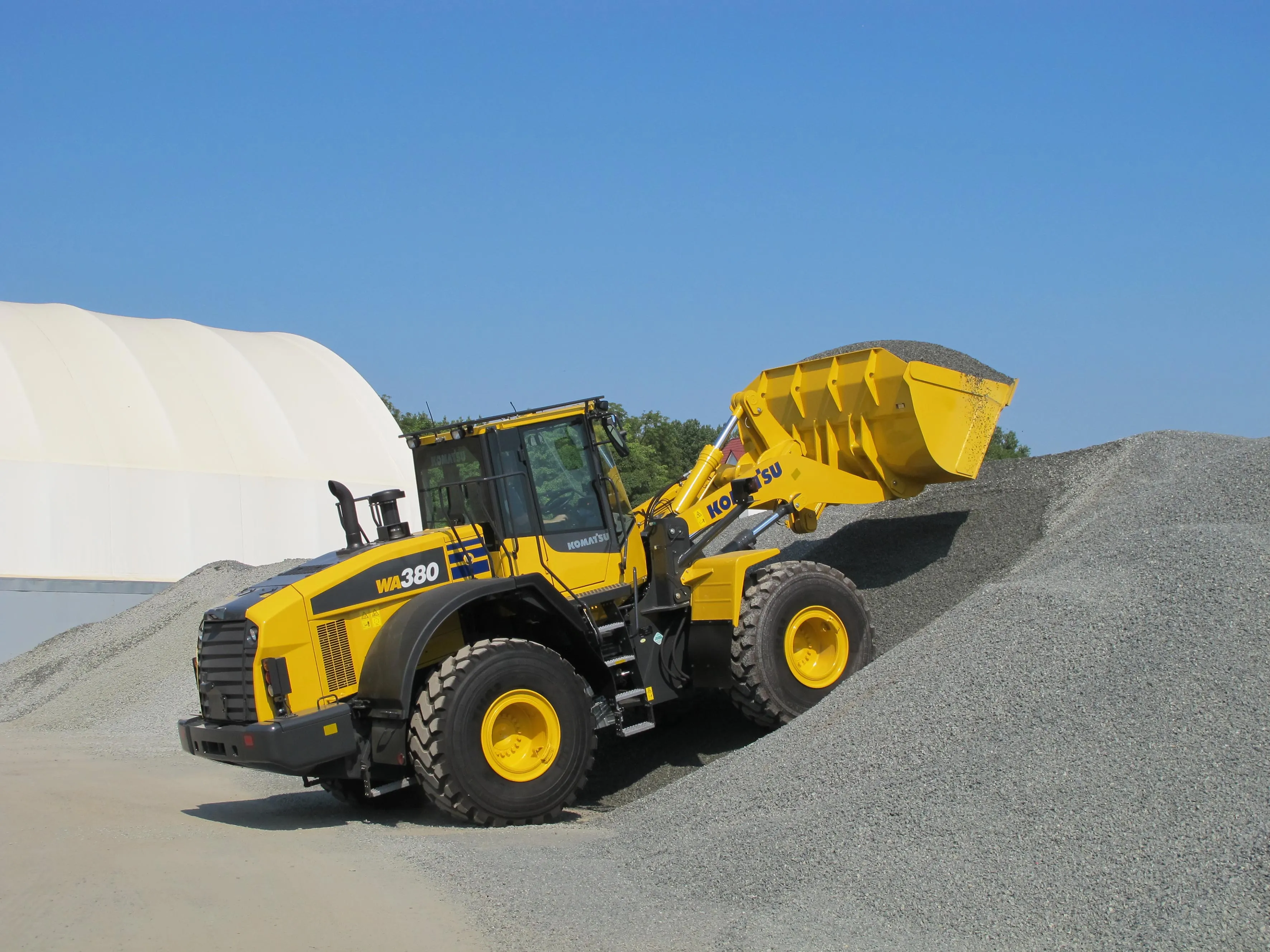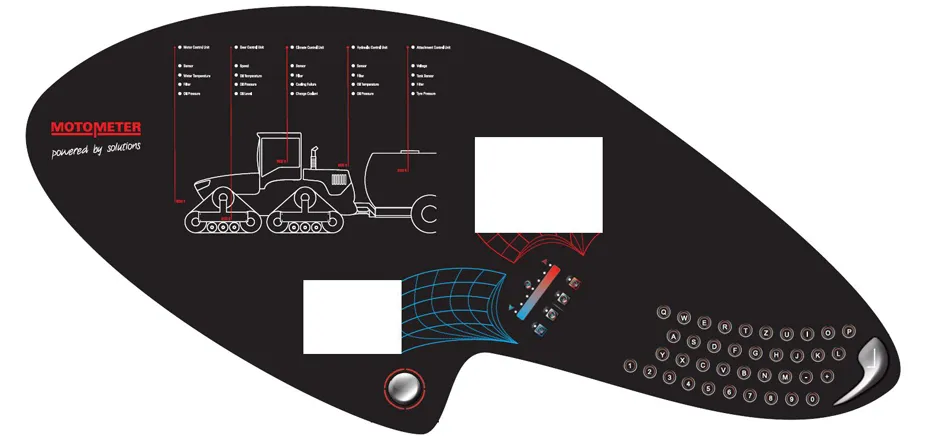Kramer says the new wheeled loaders it is bringing to Bauma are “ideal for road and highway construction.” The new Kramer 550 and 650 wheeled loaders, which will make their debut alongside the company’s existing Kramer 850, 580 and 780 models, mean that the firm’s portfolio can now offer bucket volumes from 0.35m³ to 1.50m³. The German manufacturer is especially proud of the high payload capacity of 1,750kg on the Kramer 650, which can travel at a speed of 30km/h. Away from the wheeled loaders, Kramer is al
January 6, 2017
Read time: 3 mins

Away from the wheeled loaders, Kramer is also launching its new telematics and diagnostics tool designed to improve the more efficient use of machines on site, especially for clients with large machine fleets. The satellite-supported tracking system allows for real-time insights into the detailed data of a machine. The system can track the real-time position of the machine, the operating hours, its engine condition and its service dates, and feed this all back to head office.
The software has an interface that is connected to the service laptop of the customer service technician, offering customers increased operating safety and high levels of machine availability. Also, authorised Kramer service partners and dealers will be equipped with a tool that delivers rapid fault detection and comprehensive fault diagnosis. The new telematics system not only diagnoses faults, it also parameterises Kramer machines, calibrates functions and ensures that all on-board software is automatically updated with very little effort.
The machine is located via GPS signals, and the information is then sent to a telemetry server via GSM/GPRS where it is analysed and then sent via a web portal to either the customer’s computer or mobile application. Operating conditions of the machine can be quickly identified on the web portal by four colour codes. With the Geofence function, the working area of a machine is limited by a virtual fence. As soon as a device leaves the area, the system sends a message to the fleet manager. Therefore a fleet owner can be alerted of a possible machine theft or informed about machine use outside of the working area. Quick access to the machine history also increases the resale value and the improved control over the machine use has a favourable effect on the device's service life if the machines are carefully analysed and maintained. This increases the productivity and cost effectiveness of the machines, can improve the security vulnerabilities by means of the anti-theft protection and overall provides for an economic use of the machines. Kramer machines can optionally be equipped with a telematic module from the factory or via retrofitting.
%$Linker:








